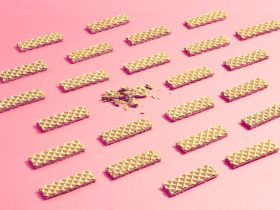Investing.com– The People’s Bank of China held its benchmark loan prime rates at record lows on Wednesday, as it moved to strike a balance between supporting an economic recovery and stemming further weakness in the .
The PBOC kept its at 3.45%, while the , which is used to determine mortgage rates, was left unchanged at 4.20%. Both rates were at historic lows, after three cuts over the past year.
Markets had broadly expected the PBOC to keep rates on hold, given that it left its medium-term lending rates unchanged last week.
The LPR is determined by the PBOC based on considerations from 18 designated commercial banks, and is used as a benchmark for lending interest rates in the country.
The PBOC had disappointed markets with a smaller-than-expected cut to the one-year LPR in August, while the five-year LPR was left unchanged. The move came amid growing discomfort in Beijing over weakness in the yuan, which is among the worst-performing Asian currencies this year.
Weakness in the yuan was driven chiefly by concerns over a slowing Chinese economic recovery this year, as manufacturing activity stalled and as domestic consumption struggled to reach pre-COVID levels.
While this trend has attracted a slew of monetary stimulus measures from the PBOC, it has maintained a largely conservative stance towards cutting interest rates.
China’s economy showed some signs of improvement through August, particularly in industrial production and consumer spending. Inflationary conditions also improved after the country slipped into deflation earlier this year.
But the overall outlook for the Chinese economy remains dour, especially as it grapples with slowing overseas demand for exports. The country’s real estate sector, which accounts for nearly a quarter of overall economic growth, is also struggling with a brewing debt crisis, which threatens to spill over into the broader economy.
The yuan also faces an uphill battle from a widening gulf between local and U.S. yields, following a string of interest rate hikes by the Federal Reserve over the past year. The U.S. central bank is expected to for longer, pressuring most Asian currencies.
Read the full article here













Leave a Reply